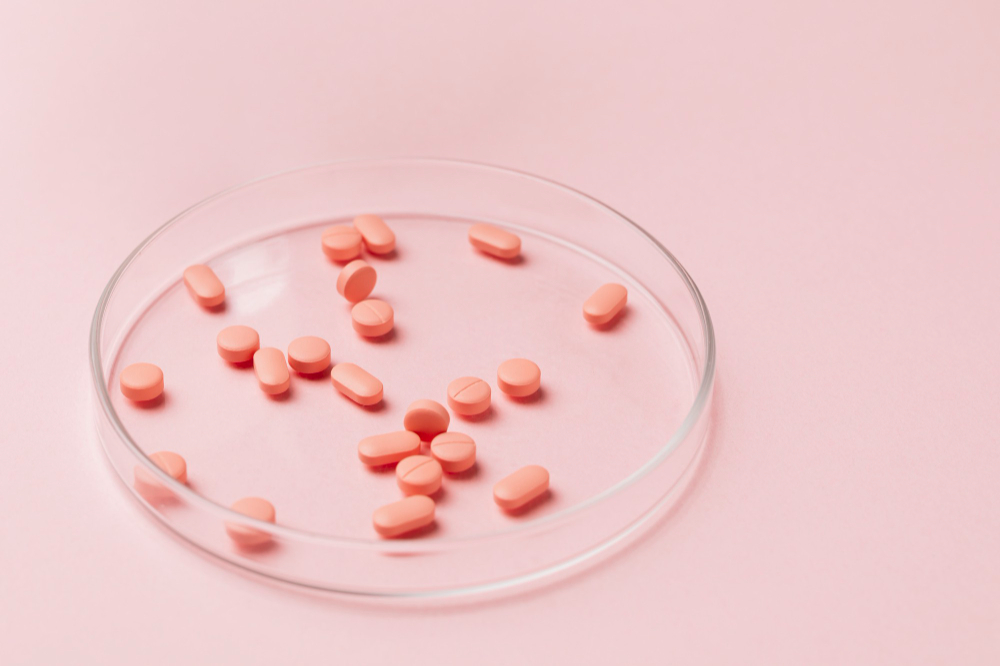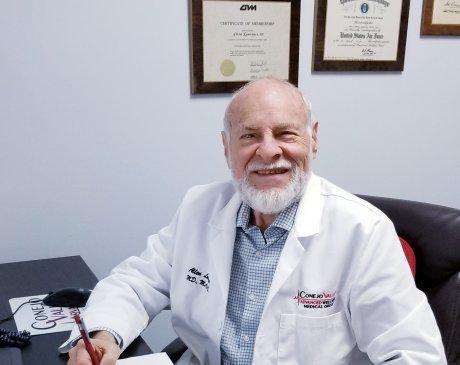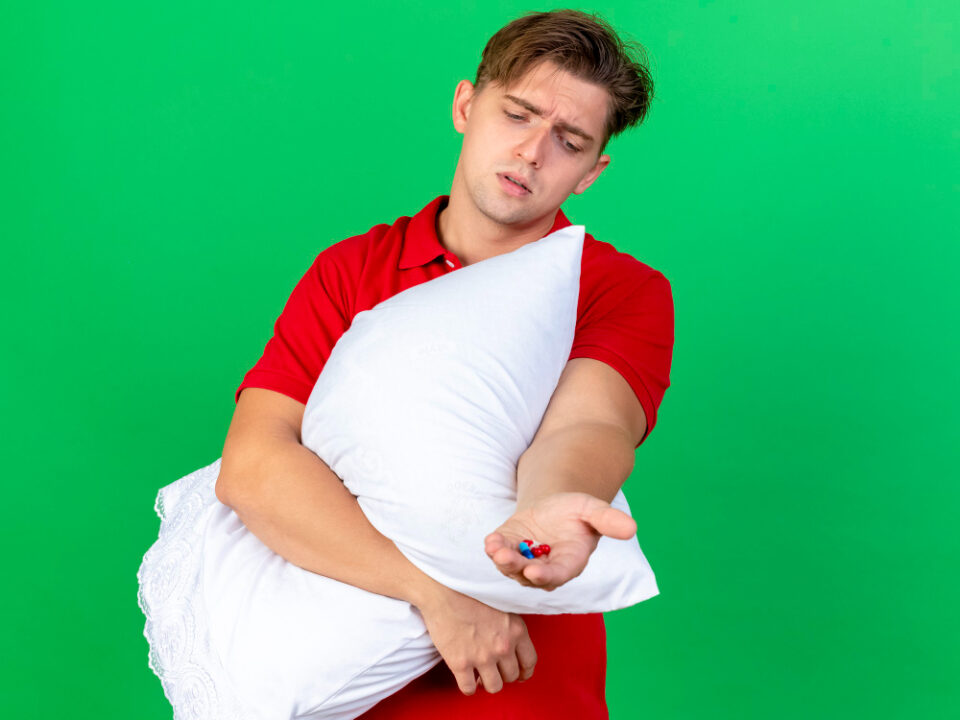- 21103 Vanowen St Woodland Hills, CA 91303 | Call us today!
- 310-879-9266
What Are the Differences Between Using Synthetic Estrogen and Progestogens Versus Using BHRT Natural Bioidentical Estradiol and Progesterone in Treating Menopause?

Hormone Replacement Therapy (HRT) can be administered using either synthetic hormones or bioidentical hormones. Both approaches aim to alleviate symptoms of menopause, including vaginal dryness, but there are some differences between them.
Synthetic Hormones:
Synthetic hormones are generally chemically produced and most importantly they are usually not identical to the female hormones naturally produced by health woman’s body. Common synthetic hormones used in HRT include:
- Synthetic Estrogens:
- The most common example is conjugated equine (Horse) estrogens (Premarin).
- There are also six purely made up forms of estrogen: ethinyl estradiol, Diethylstilbestrol (DES), Quinestrol, Mestranol, Cenestin (synthetic conjugated estrogens, A), Enjuvia (synthetic conjugated estrogens, B)
- Synthetic Progestogens (Progestins):
- The most common ly used is medroxyprogesterone acetate (Provera) and norethindrone, Norethindrone Acetate, Levonorgestrel, Norgestimate, Desogestrel, Drospirenone and Dydrogesterone.
- These progestins are often used in combination with estrogen therapy to counteract the risk of endometrial hyperplasia and cancer in women with an intact uterus undergoing menopausal hormone therapy.
Bioidentical Hormone Replacement Therapy (BHRT):
Bioidentical hormones are chemically identical to the hormones produced by the human body. They are often derived from plant sources and then modified to match human hormones. Common bioidentical hormones used in HRT include:
- Bioidentical Estradiol:
- Available in various forms, including patches, gels, creams, and tablets.
- The pharmaceutical brand estrogen, Estrace has the same chemical makeup as bioidentical estradiol. Both contain 17β-estradiol, which is the same form of estrogen that is naturally produced by the ovaries.
- Estrace, however, is a brand name for a prescription medication that contains a synthetic form of estradiol, while its molecular structure is identical to that of the estradiol produced by the human body, thus making it bioidentical, it is produced synthetically and not derived from a plant sources, yet, has the exact same chemical structure as the estradiol hormone naturally found in the body.
- Therefore, while Estrace is generally considered a bioidentical hormone replacement therapy (BHRT) by the medical profession, because it mimics the natural hormone exactly in its molecular form, some purists do not consider it to be a prefect or true bioidentical form of estrogen.
- Bioidentical Progesterone:
- Available in forms such as creams, gels, and oral capsules (e.g., Prometrium).
- Prometrium much like Estrace above is bioidentical progesterone. It has the same chemical makeup. Prometrium is a brand name for a medication that contains micronized progesterone, which is chemically identical to the progesterone produced naturally in the human body.
- Prometrium however, is derived from plant sources, typically soy or yams, and then processed to create a molecule that is structurally identical to endogenous progesterone. This makes it a bioidentical hormone replacement therapy (BHRT), as it mimics the natural hormone precisely in its molecular form.
Whether you use Estrace and/or Prometrium is entirely up to you and your beliefs regarding the value and reasons you would want to use bioidentical hormone therapy
Differences and Considerations:
Chemical Structure:
- Synthetic Hormones: These may have unique structural differences from endogenous hormones, which can influence their metabolism and effects on the body. But there is little absolute proof they are a problem.
- Bioidentical Hormones: These are structurally identical to endogenous hormones, which may lead to more predictable effects and metabolism and we have a better likelihood that your body will not act adversely to them..
Efficacy:
- Both synthetic and bioidentical hormones can be effective in treating vaginal dryness and many of the other symptoms of menopause. The choice often depends on individual responses and preferences. Some patients and practitioners believe that bioidentical hormones may be more effective due to their structural similarity to natural hormones.
- The medical profession tell us that more research is still needed to confirm this.
Side Effects and Risks:
- Synthetic Hormones: Some studies suggest that synthetic hormones may be associated with a higher risk of certain side effects, such as blood clots and cardiovascular issues, though this can vary depending on the specific hormone and dosage.
- Bioidentical Hormones: Some proponents argue that bioidentical hormones may have a better safety profile and fewer side effects, the medical profession tells us that comprehensive, long-term studies are still needed to verify these claims, yet, they appear to ever actually do these studies.
- In more than 50 years of medical practice prescribing bioidentical HRT My experience is BHRT works better and has considerable fewer, if any negative side effects.
Regulation and Standardization:
- Synthetic Hormones: These are typically well-regulated and standardized, ensuring consistent dosing and quality.
- Bioidentical Hormones: The medical profession continual tells everyone that Compounded bioidentical hormones (custom-mixed by pharmacies) may lack the same level of regulation and standardization as commercially available products, and that this can lead to variability in dosage and purity. They then add that, however, FDA-approved bioidentical hormone products are available and offer consistent quality.
- The fact is most competitive compounding pharmacies are as rigorous and reliable in creating safe, effective and standardized products as any major pharmaceutical manufacturing company. The must be licensed and inspected to get their license to be a compounding pharmacy.
Administration: Both synthetic and bioidentical hormones can be administered in various forms, including oral tablets, transdermal patches, gels, creams, and vaginal applications. The choice of administration method can affect the convenience, absorption, and effectiveness of the treatment.
Both synthetic and bioidentical hormones can be effective in treating vaginal dryness and other signs and symptoms of peri-menopause and menopause. The choice between them should be based on individual patient preferences, responses, and any specific health considerations. It’s essential for patients to discuss the benefits and risks of each option with their HRT specialist to make an informed decision that aligns with their health needs and lifestyle.

Article by Dr. Allen Lawrence, M.A., M.D., Ph.D.




